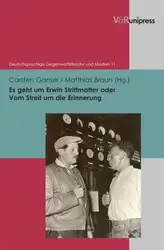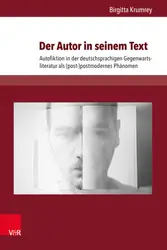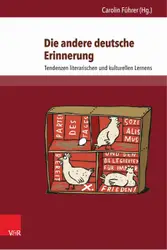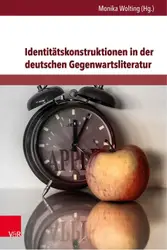After the Second World War, resistance against the Nazis quickly became a popular literary topic. By 1989, around twenty novels, plays and short stories had been published in West Germany. The author shows that these (at first glance) quite different texts contribute to the imagination and reflection of major societal groups. They achieve this by delineating the national socialist "Other" on the one hand and by the "narrative draft" of an oppositional continuity on the other. From constructivist concepts of community and collective identity arises a typology distinguishing three diverse literary community designs: the rehabilitation of the national community, the destabilization of established communities and the modification of the anti-fascist community.
Commencez ce livre dès aujourd’hui pour 0 €
- Accédez à tous les livres de l'app pendant la période d'essai
- Sans engagement, annulez à tout moment
Auteur(e) :
Série :
- Tome 21 dans Deutschsprachige Gegenwartsliteratur und Medien
Langue :
allemand
Format :

Das Gellen der Tinte : Zum Werk Thomas Klings
book
Entwicklungen in der deutschsprachigen Gegenwartsliteratur nach 1989
book
Es geht um Erwin Strittmatter oder Vom Streit um die Erinnerung
book
Zwischen Erinnerung und Fremdheit : Entwicklungen in der deutschen und polnischen Literatur nach 1989
book
Deutschland- und Polenbilder in der Literatur nach 1989
book
Der Autor in seinem Text : Autofiktion in der deutschsprachigen Gegenwartsliteratur als (post-)postmodernes Phänomen
Birgitta Krumrey
book
Die andere deutsche Erinnerung : Tendenzen literarischen und kulturellen Lernens
book
Ausgraben und Erinnern : Denkbilder des Erinnerns und der moralischen Zeugenschaft im Werk von Christa Wolf und Ene Mihkelson
Aija Sakova
book
Autobiographische Narration und das Ende der DDR : Subjektive Authentizität bei Günter de Bruyn, Monika Maron, Wulf Kirsten und Heiner Müller
Bianca Weyers
book
Niemandsbuchten und Schutzbefohlene : Flucht-Räume und Flüchtlingsfiguren in der deutschsprachigen Gegenwartsliteratur
book
Identitätskonstruktionen in der deutschen Gegenwartsliteratur
book
